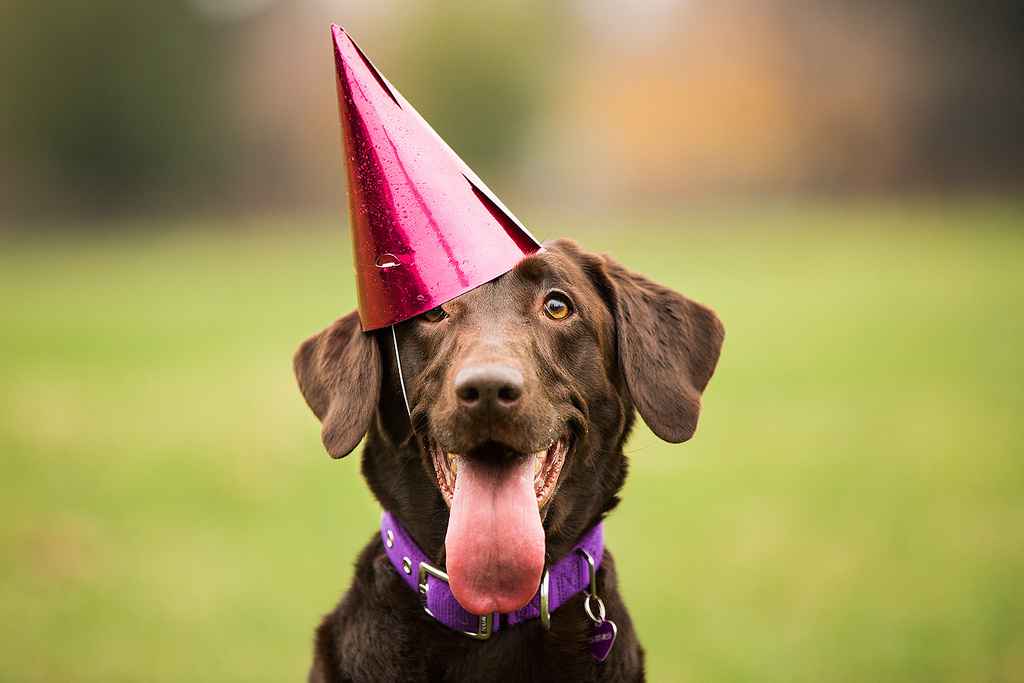
With 2014 in the history books and Purple Collar about to enter into its fourth year in business, I thought it a good time to reflect on the amazing opportunities that I have been afforded, the scores of wonderful people I have met along the way, and the direction I would like to take Purple Collar in moving forward.
Every year has brought with it an exciting new set of challenges and 2014 was no different. It was a crazy year, full of world travel, volunteer projects, book projects, an art festival appearance, a move, goodbyes to dear family and friends — some temporary, others heartrendingly permanent — and, thankfully, through it all, the many wagging tails, lolling tongues, and toothy grins that never fail to bring a smile to my face. But before any of that, really before 2014 had even begun, the year started with an exciting opportunity to teach.
I can’t say exactly why, but I love to teach. So when the call came, offering me a chance to instruct a pet photography course with online education provider Craftsy, I jumped. And for the first five months of the year, a huge portion of my time was devoted to preparing for the task. Lessons were drawn up, then re-worked over and over tirelessly; decisions had to be made on everything from equipment to model animals, locations, travel, and countless other minutiae.  The preparation was a massive undertaking (helped tremendously by the wonderful production folks at Craftsy), and meanwhile, life outside those preparations — including a two-week trip overseas — had to continue on. It’s only in moments like these, today, where I have a second to catch my breath and look back, that I can only shake my head at the busyness of the whole thing.
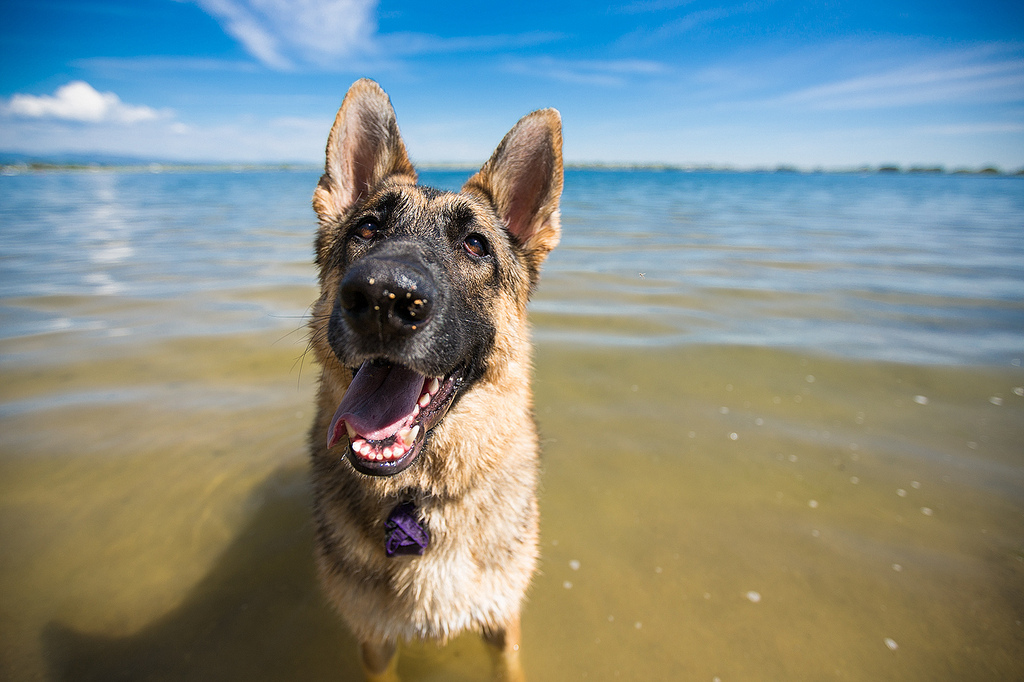
Anna was excited to be a part of our Craftsy class production. –Taken on location in Colorado.
But I’m happy to say that the hard work paid off! The class has been nothing short of an incredible success, and in just six months it has grown to an enrolled size of over 1500 students. 1500! I never imagined it would be that big, let alone in under half a year. And now that the bulk of the work is behind me, I can enjoy the chance to interact with the students, see their work, answer questions and provide encouragement. It seems not that long ago that I was someone trying to feel my way through the sometimes tricky aspects of photography, so I relish the opportunity to save others the trouble however I can.
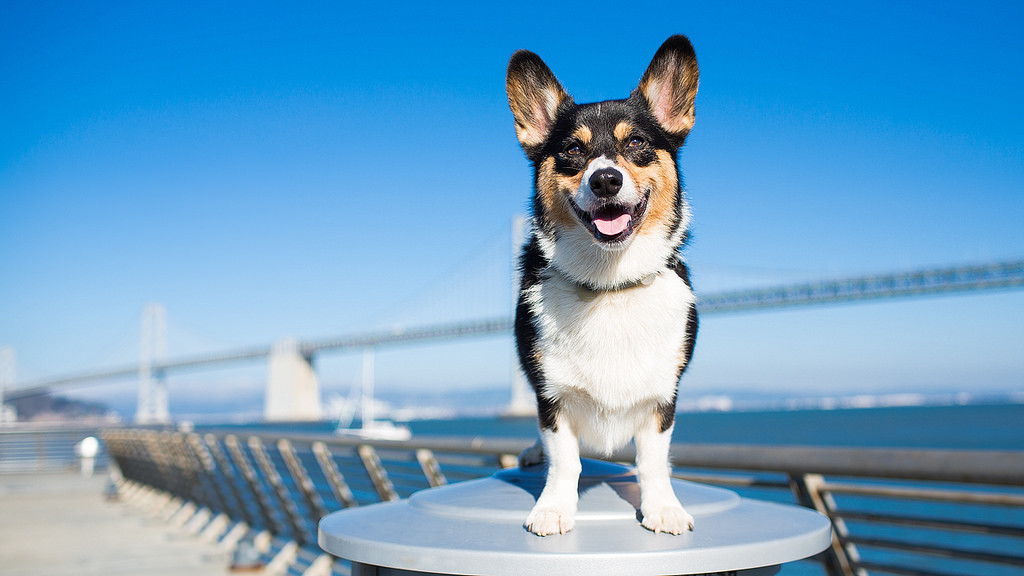
On location with Corgi superstar Franklin.
At the same time that I was preparing for the class, I was also traipsing around Northern California with none other than Franklin (of “Where’s Franklin?” fame), taking photos for his second book. My partner on this project, Melissa, and I wanted to take all of the things that we loved about the first book and make them better. We wanted more content, more interesting and unique locations, better photos, and a more interactive and fun experience for the kiddos, who have become a large demographic for the book. And with the release of “Where’s Franklin?: The Sequel” in December I can proudly say that I think we have done just that! The feedback we have received so far has been very positive, and Melissa and I were invited onto Good Day Sacramento just this past week to talk about the project (you can see that spot here).
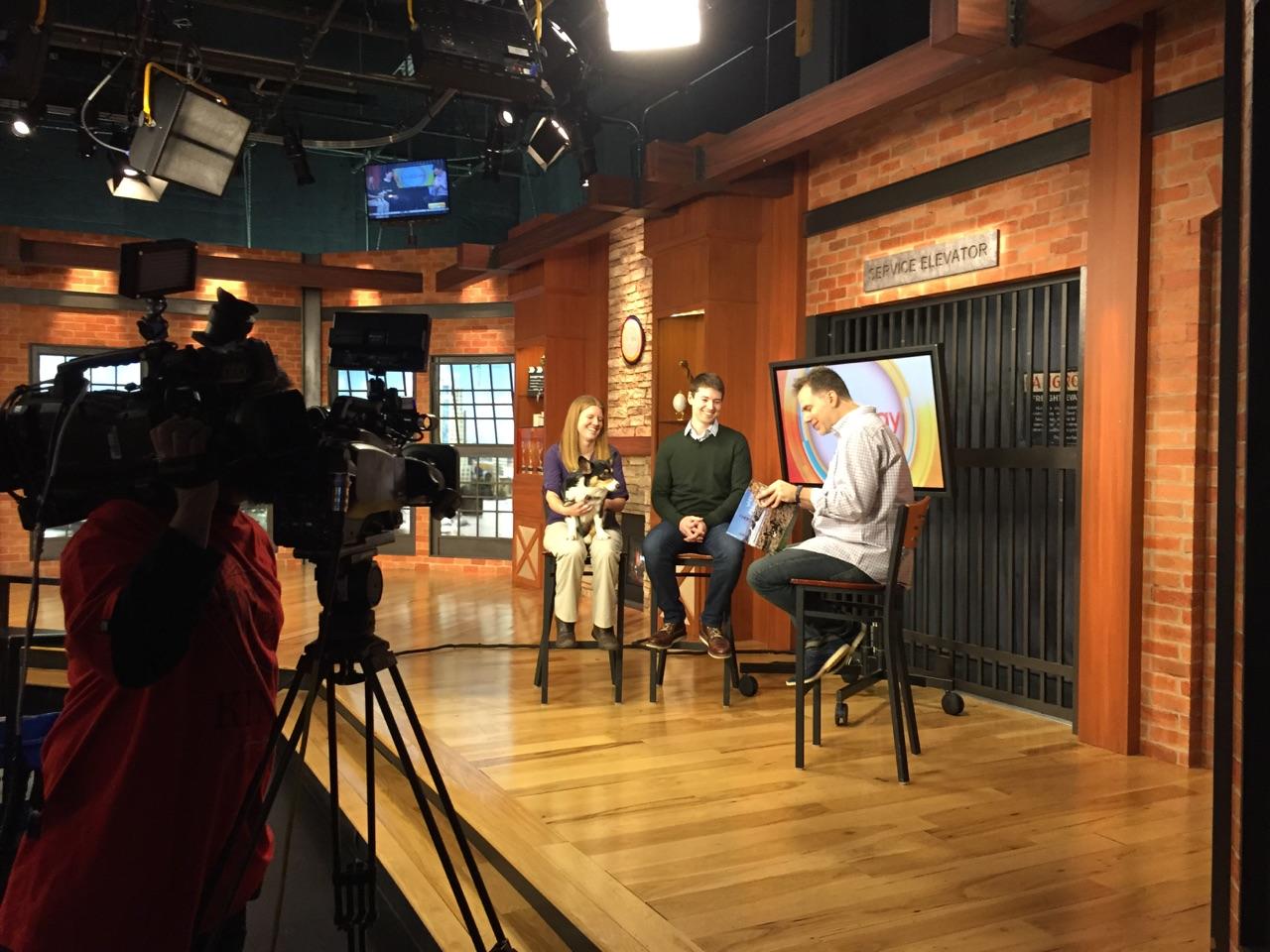
On the set of Good Day Sacramento for “Where’s Franklin?”
Throughout the spring and fall I also volunteered with two local animal rescue operations, the Sacramento SPCA and the Cosumnes River College Veterinary Tech Program, to photograph dogs and cats for their 2015 calendars, which they both use as fundraisers. Like the second Franklin book, I really wanted to step up my game for the SPCA Calendar and made an effort to really capture a variety of locations around Sacramento, and I think the end product reflects that (if by some chance you still need a 2015 calendar, you can order one directly from the SSPCA here). I have worked with the Sacramento SPCA on this project for two years running now, and have enjoyed meeting all the different animals and people who are so passionate about the SPCA and what it represents. My relationship with the CRCVT program goes back even longer as this is my fourth time working on their calendar. It’s a special one for me every year, getting the opportunity to meet so many people and animals, and the students and teachers in the program never fail to impress with their willingness and dedication to give their temporary wards the best care and best chance at finding a good home! I am hopeful that I can expand my efforts to give in 2015.
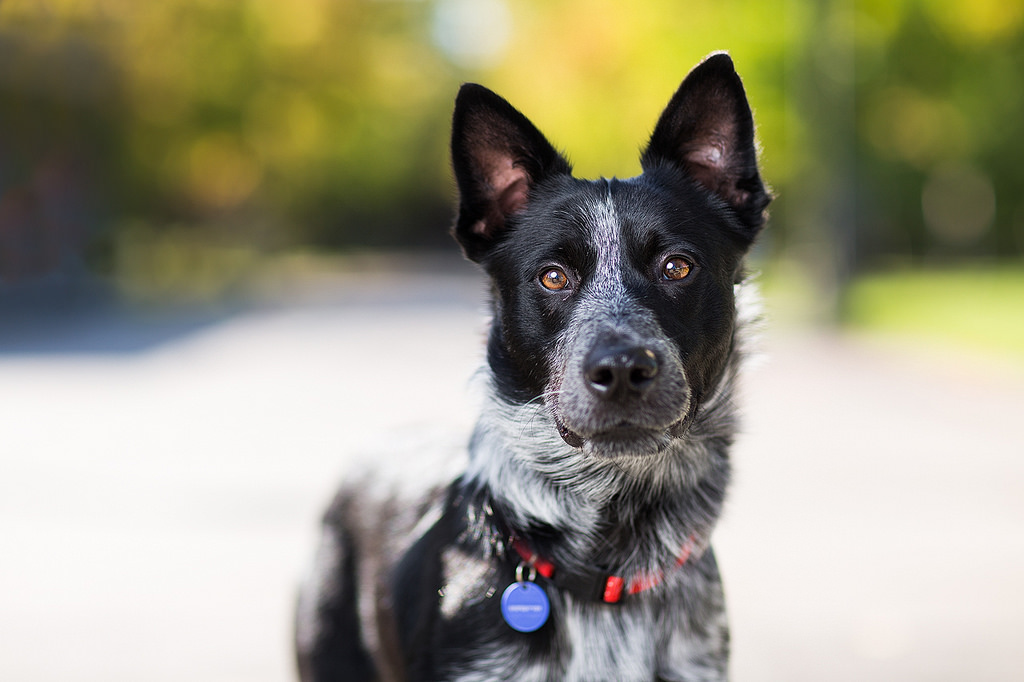
Cowboy was a rock star for his calendar shot.
In the summer I was invited to make an appearance at a pet-themed art festival, which I have never done before, to take photos of attendees and their pets! Like always, whenever I’m placed in a new situation I can get a bit nervous, but the festival, called the Yolo Art Walk and held in neighboring Woodland, CA, was a ton of fun and I’m so glad I got the opportunity to be there!
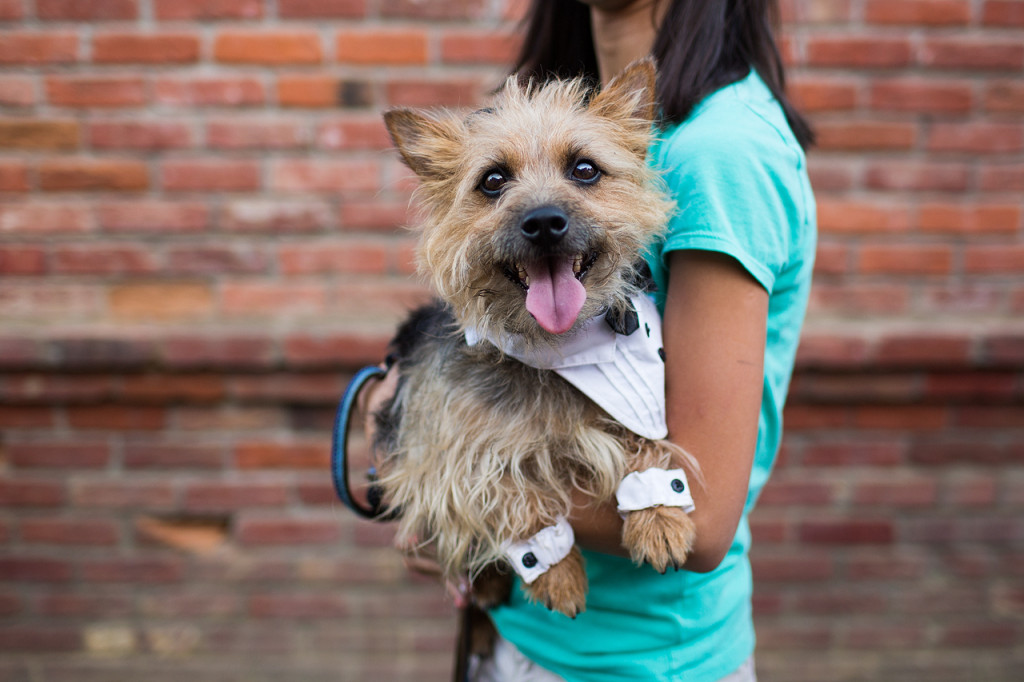
This cute little guy was having a blast at the Yolo Art Walk.
In the fall, my wife and I said goodbye to our home of seven years and moved into our new place. It was an exciting time, but seven years was apparently long enough for me to forget just how hectic the process of moving can be — even when you feel like you’ve got a handle on things! Then of course once we were in the new place, we still had a ton of work to do setting it up and getting re-situated! For the first few weeks I felt like every time our animals had started to adjust to their surroundings, we brought in a new piece of furniture or re-arranged something that threw them out of whack again (especially our gray tabby, Milo)!
Of course 2014 also brought with it another great array of clients. I can happily say that I have enjoyed working with and meeting every one, and as fun as it can be to meet so many new and wonderful dogs and cats, it can be just as hard to say goodbye after just a few short hours. I want to give a big thank you to each and every one of them for choosing Purple Collar and trusting me with the opportunity to preserve those special moments.
With the holidays now past, I am recharged and excited for the promise of 2015! Not one to sit idly by for too long, I have several projects lined up this year that I am excited to share, and I am just itching for that first session (just days away now) to get everything rolling once again! I look forward to sharing many more images with you in the days to come.

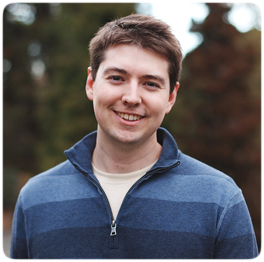
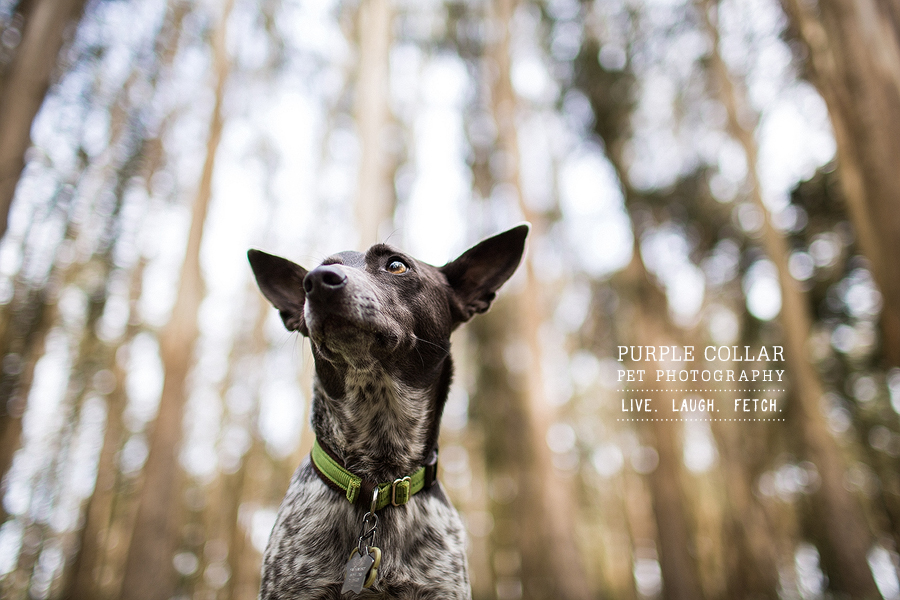
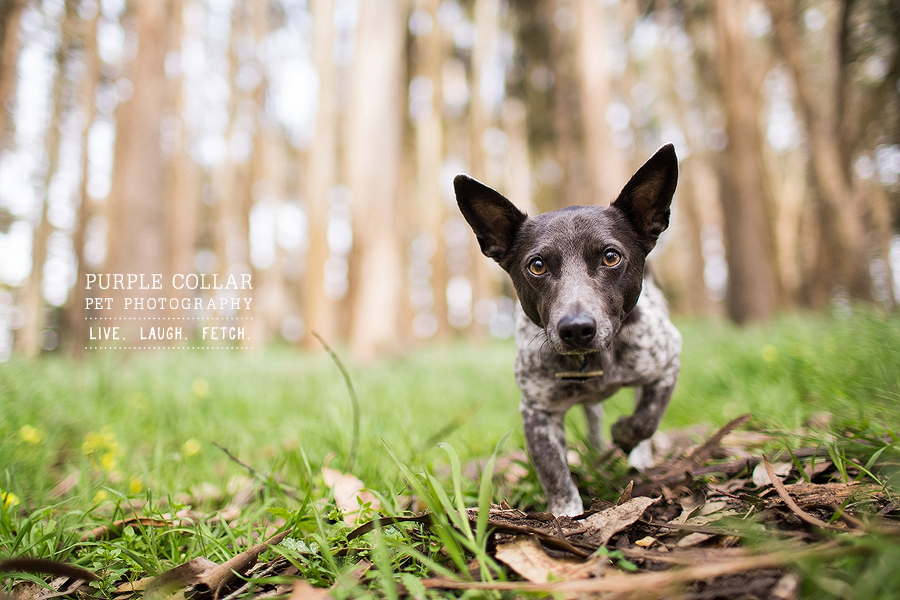
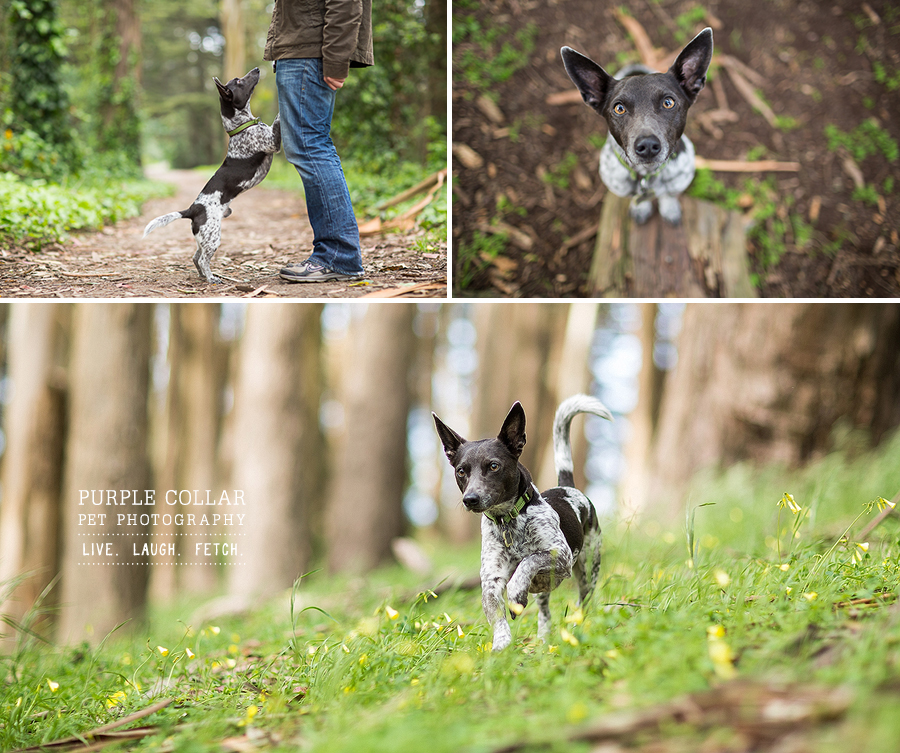

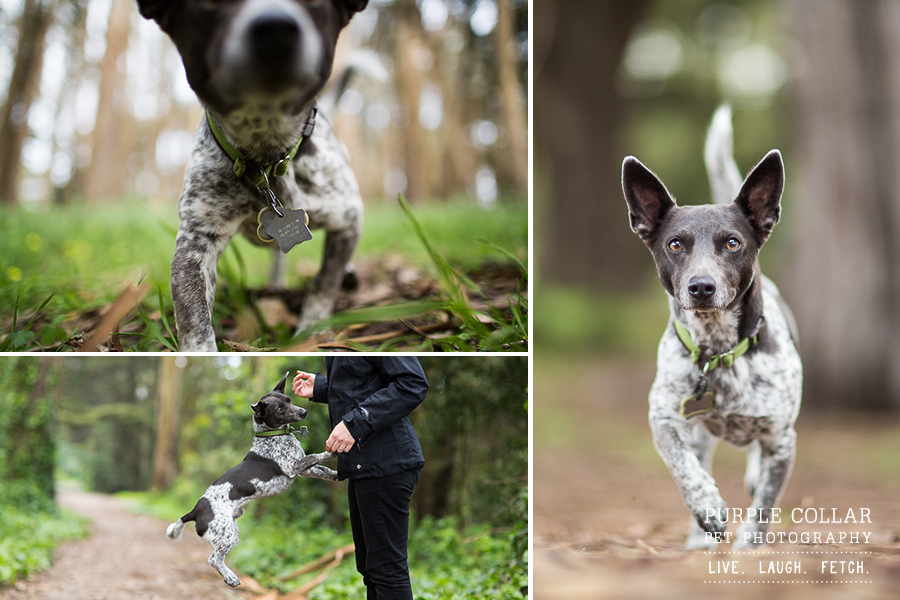
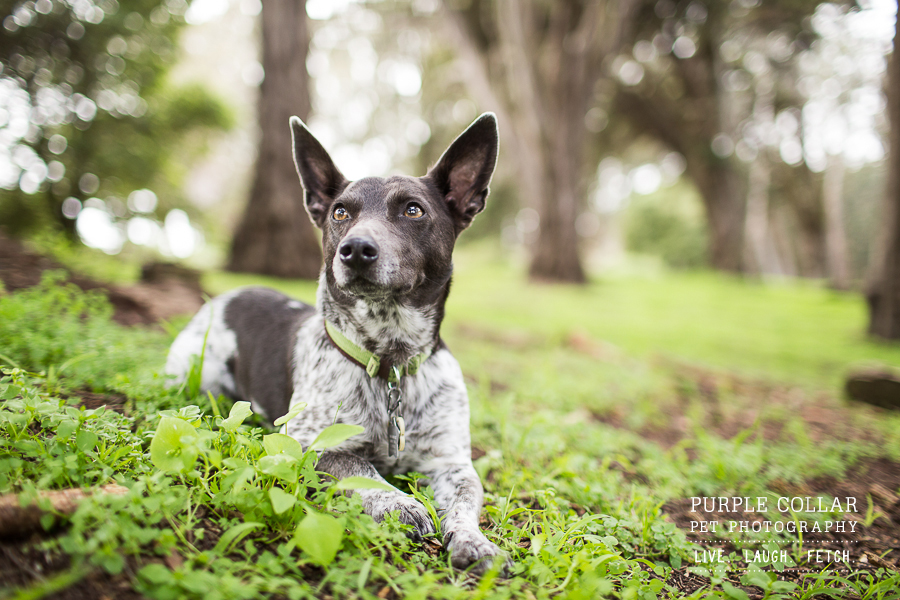

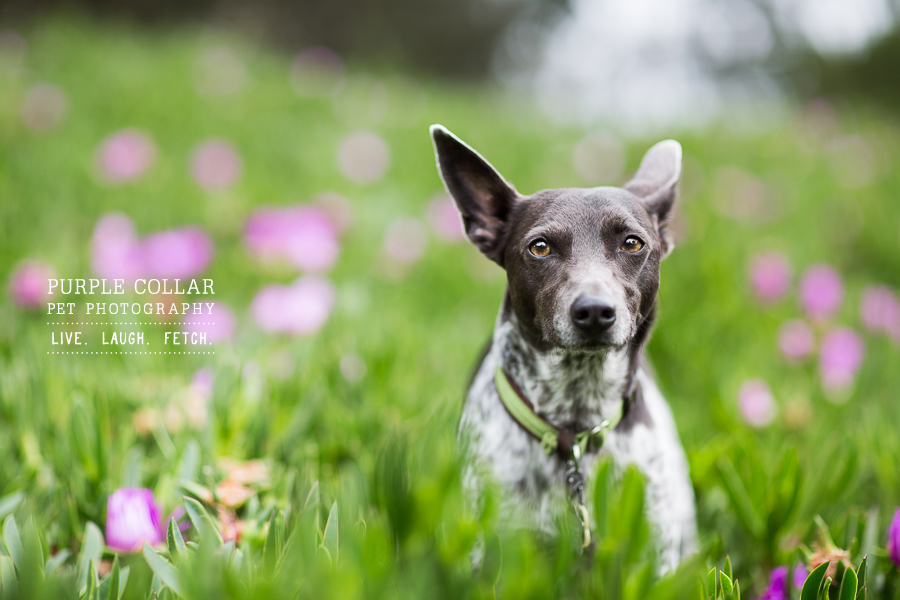
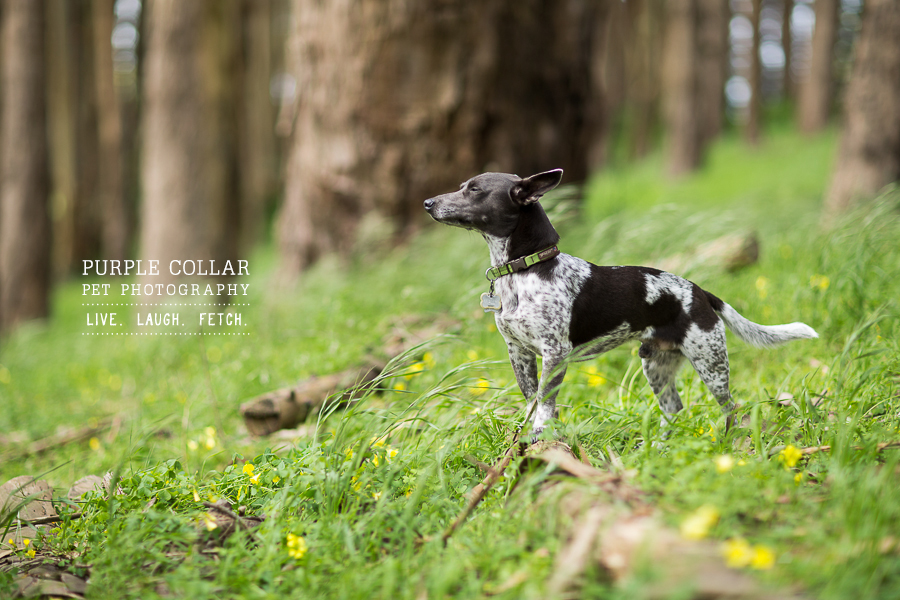
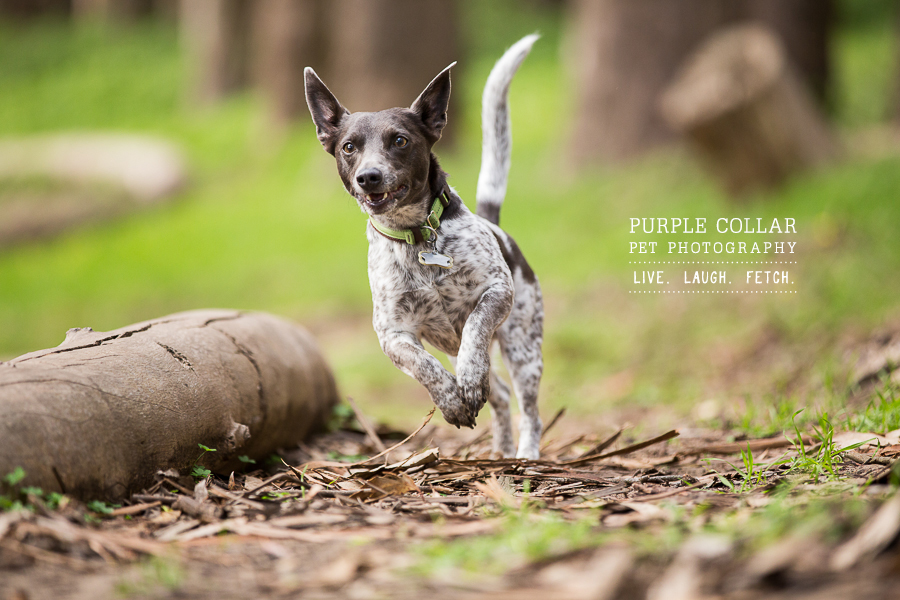
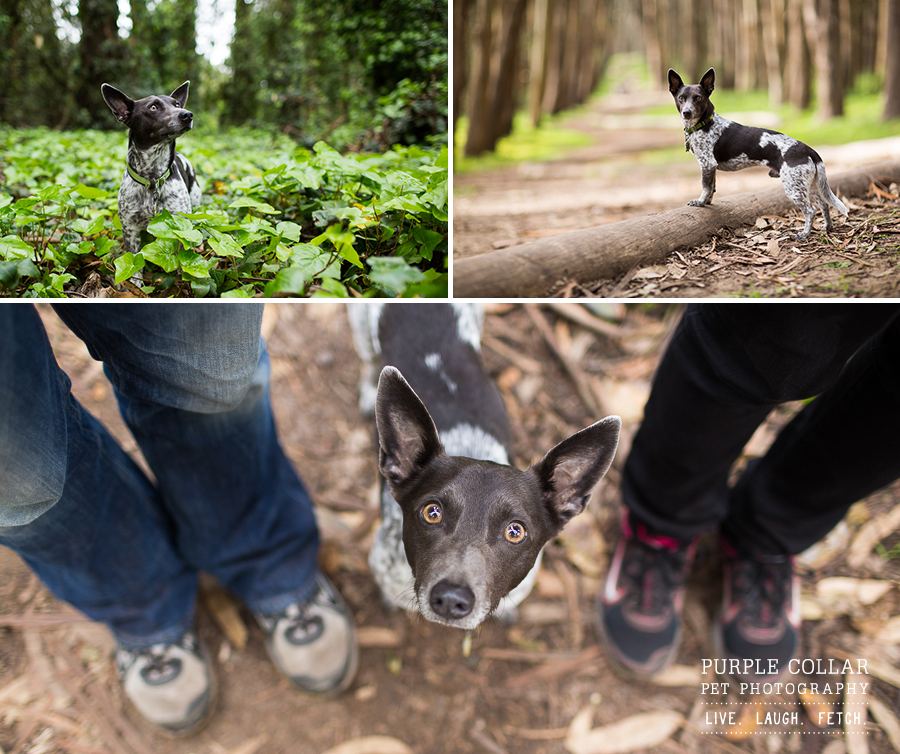
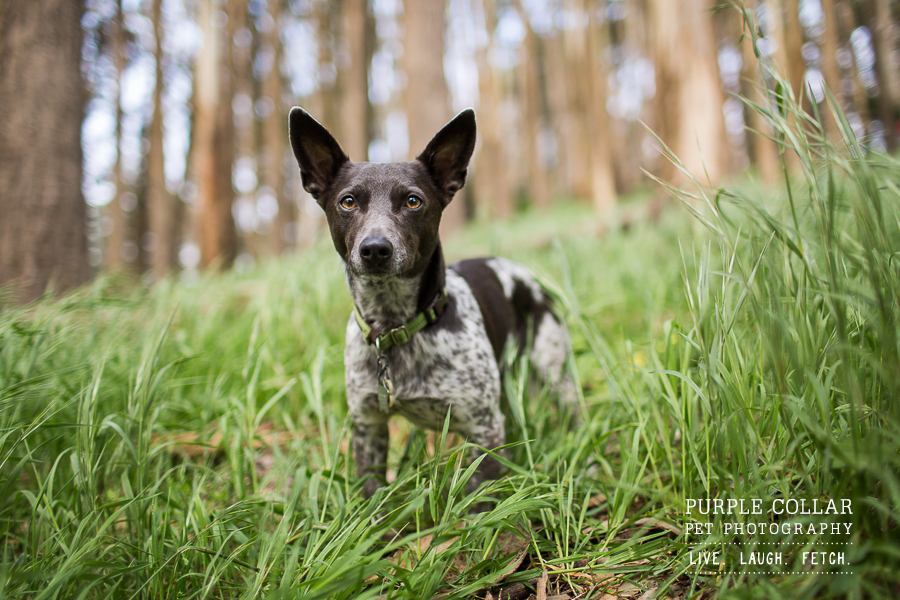
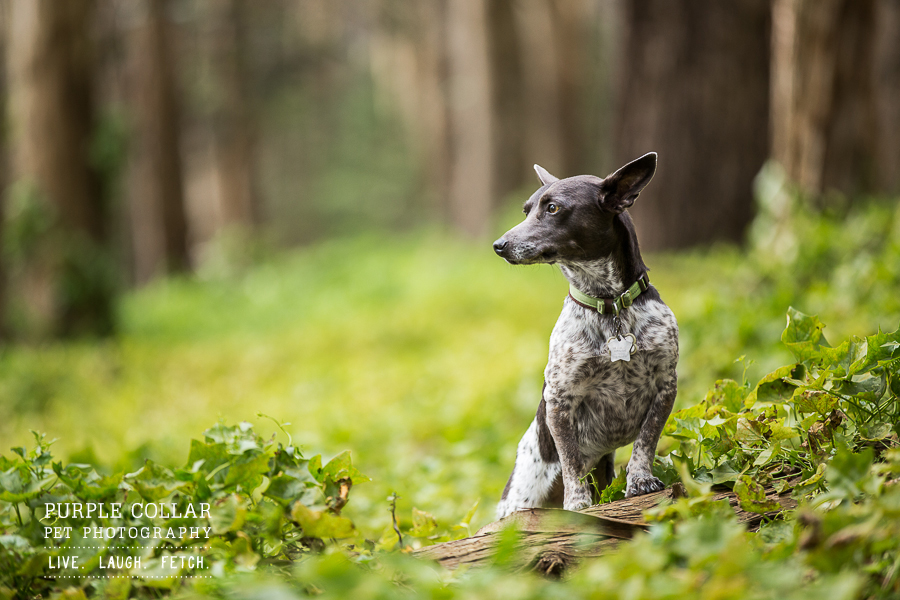
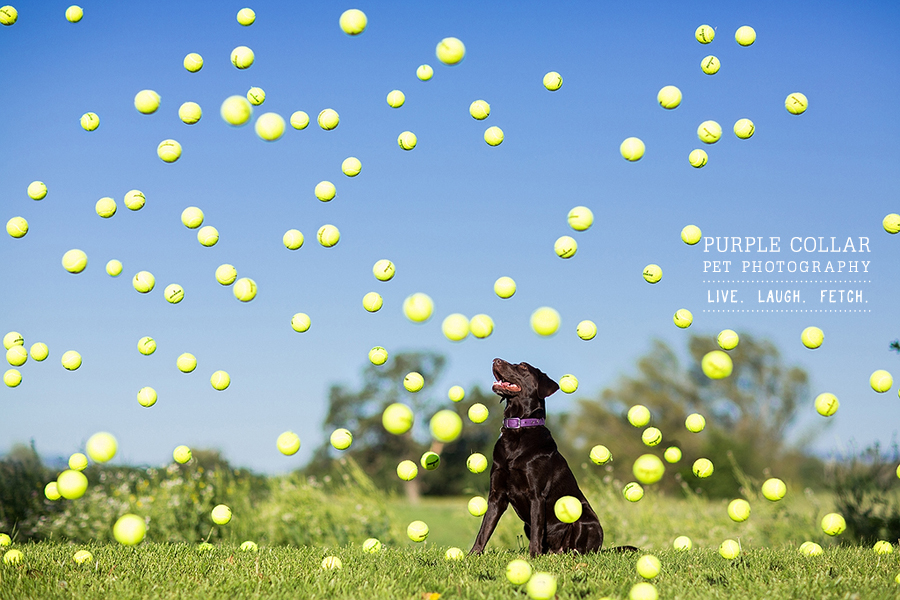
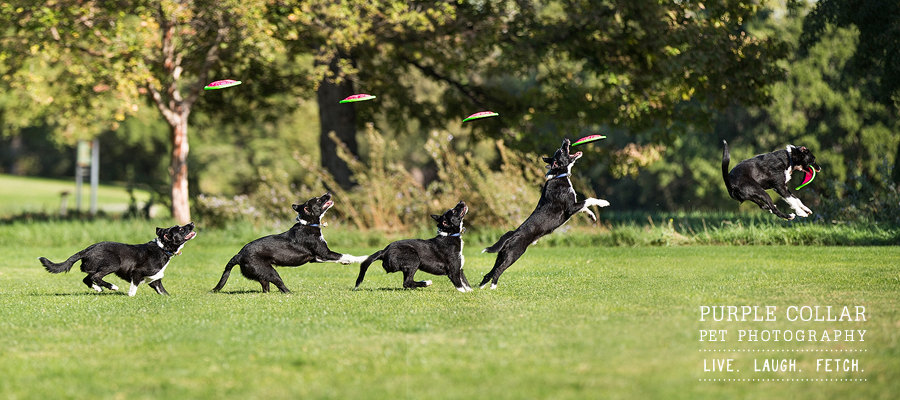
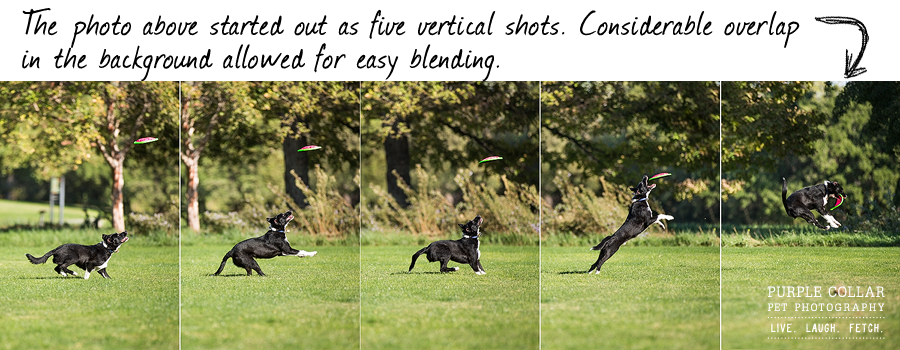
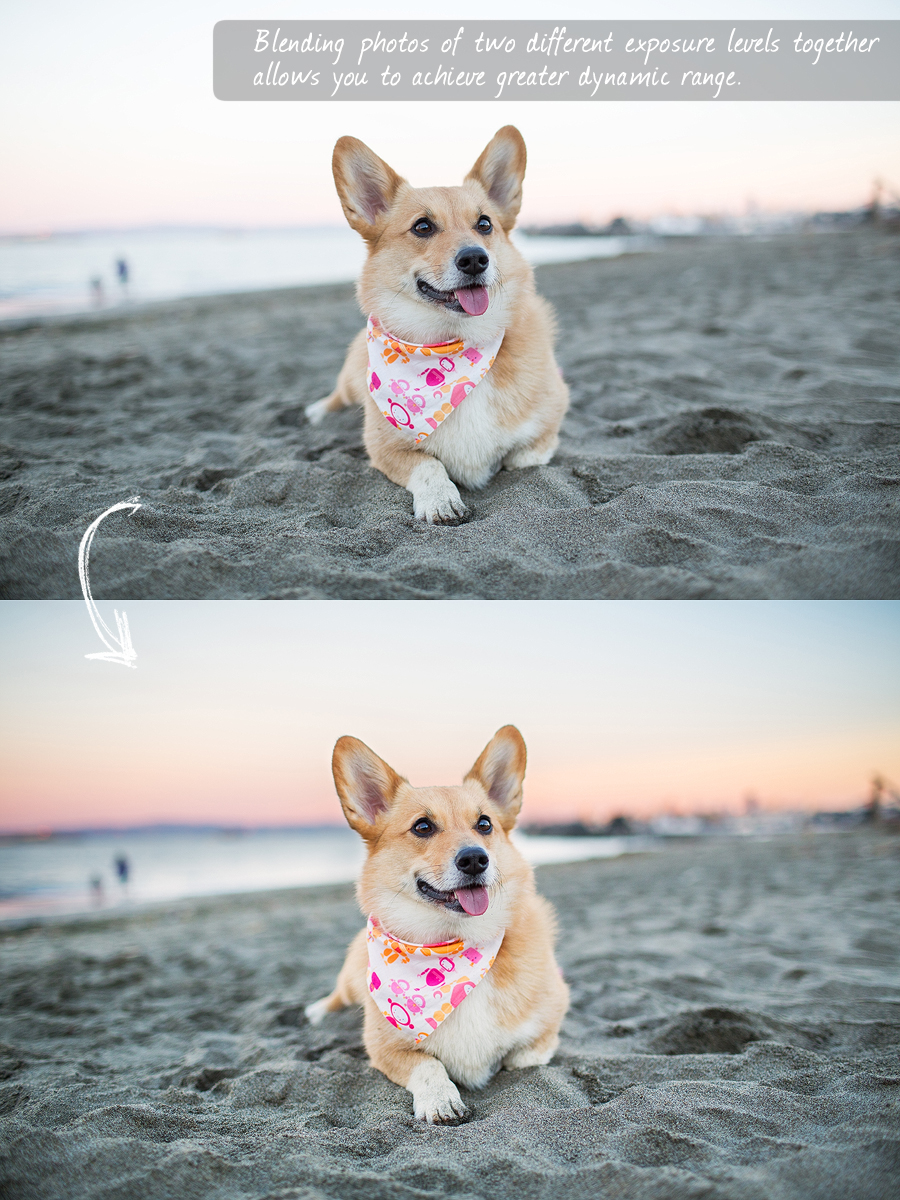
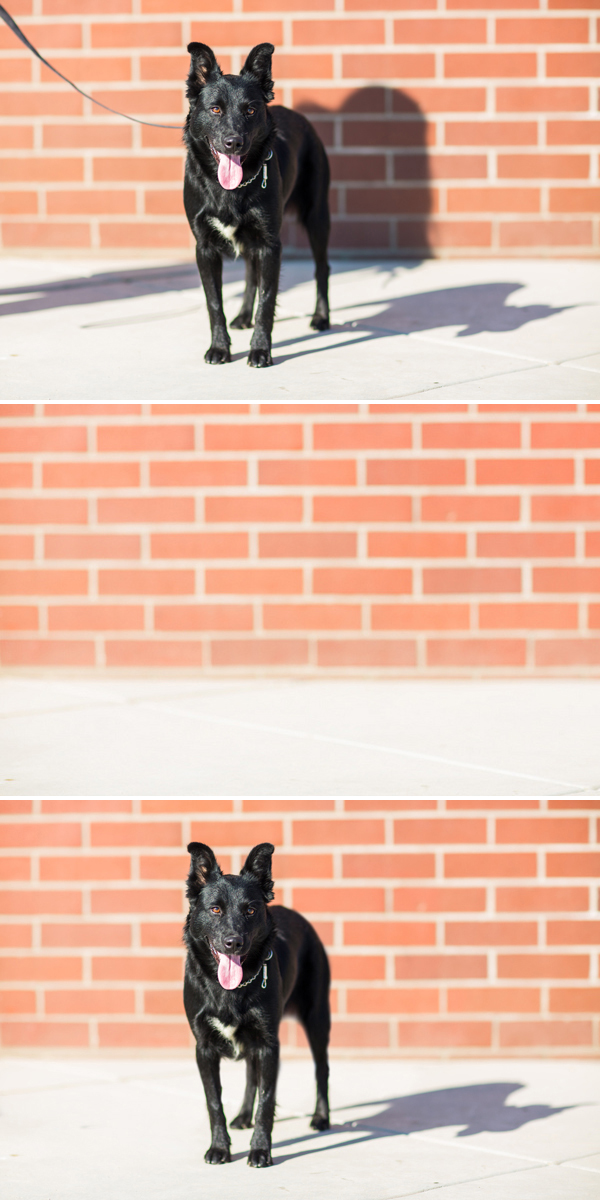
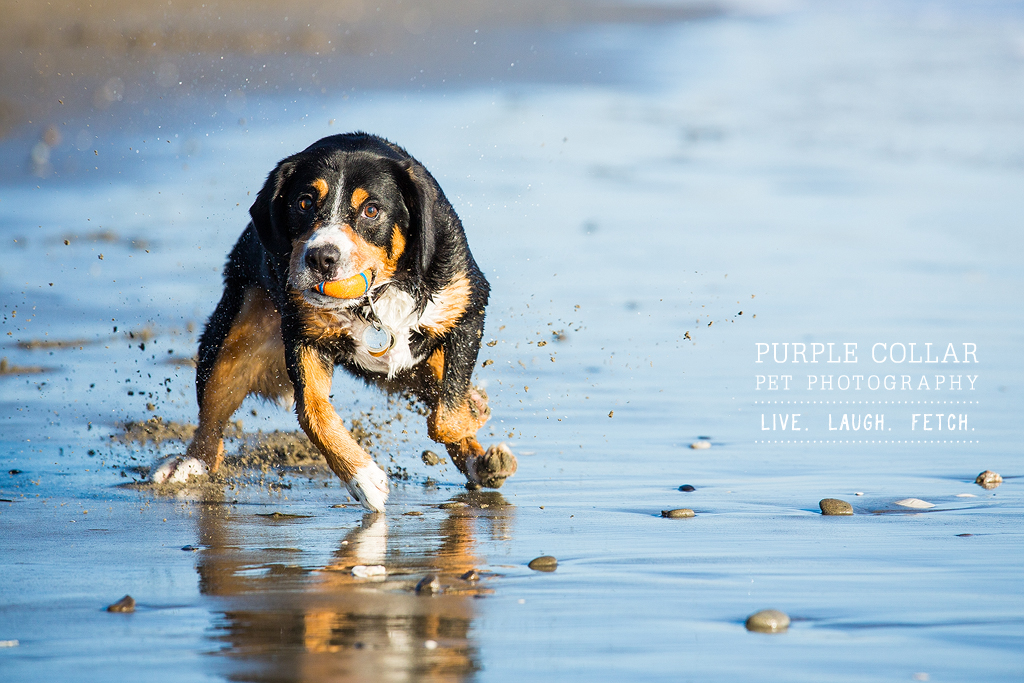
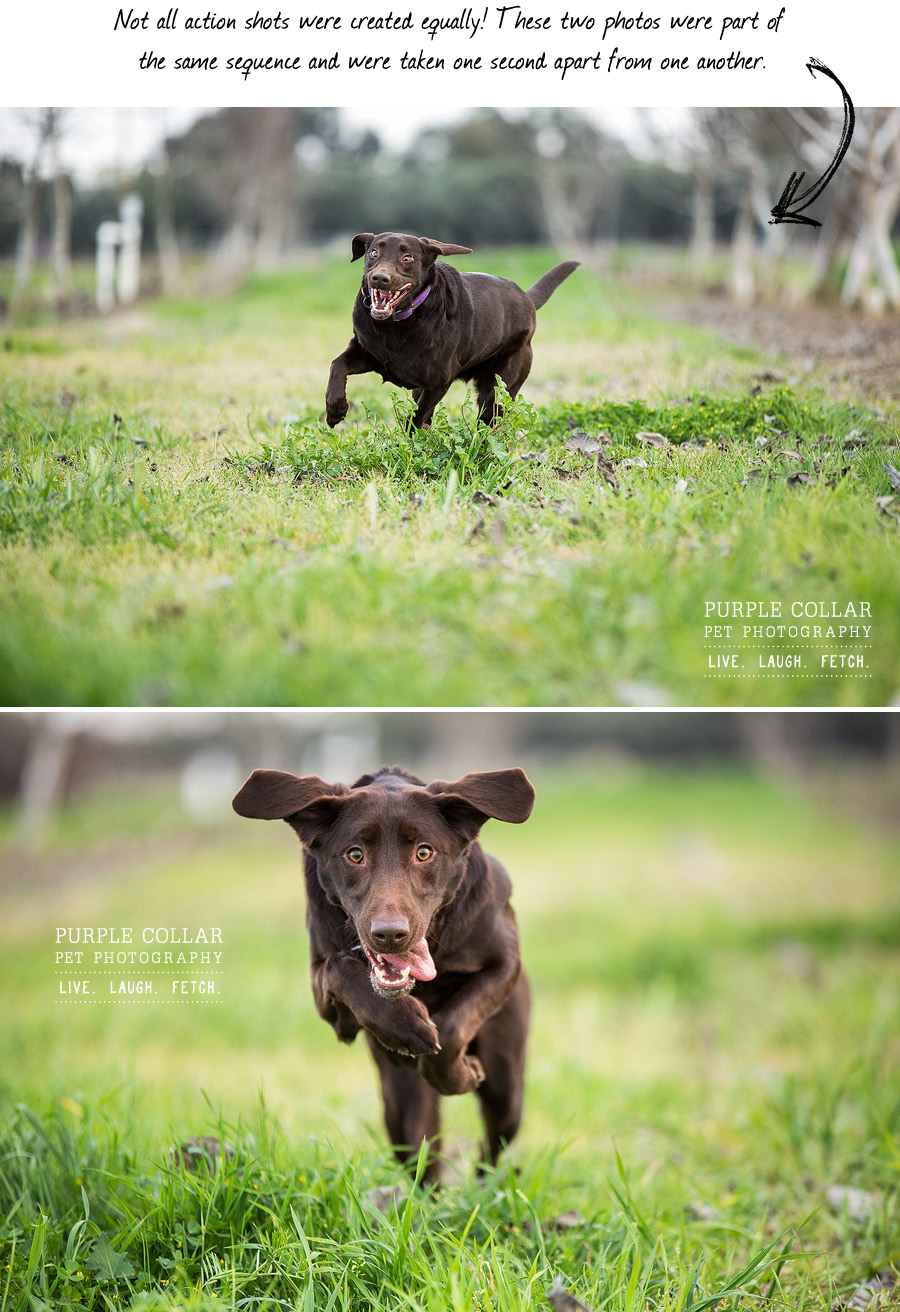
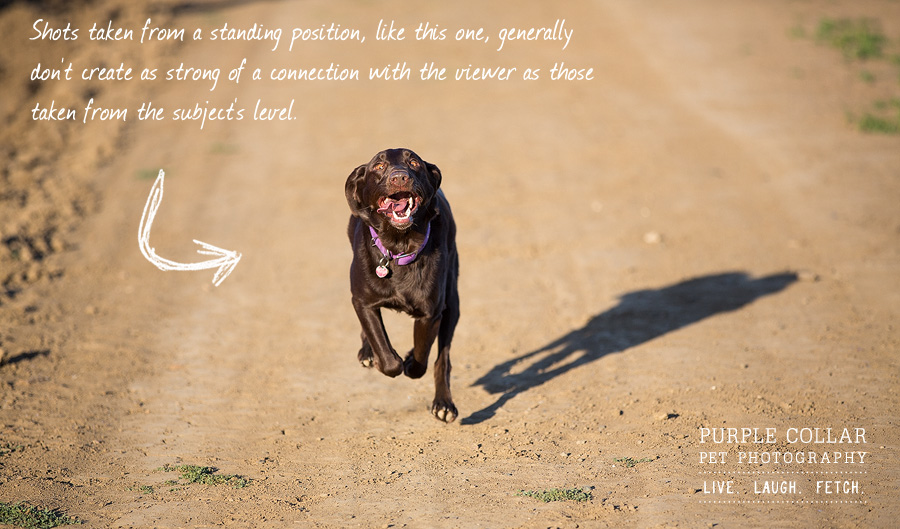
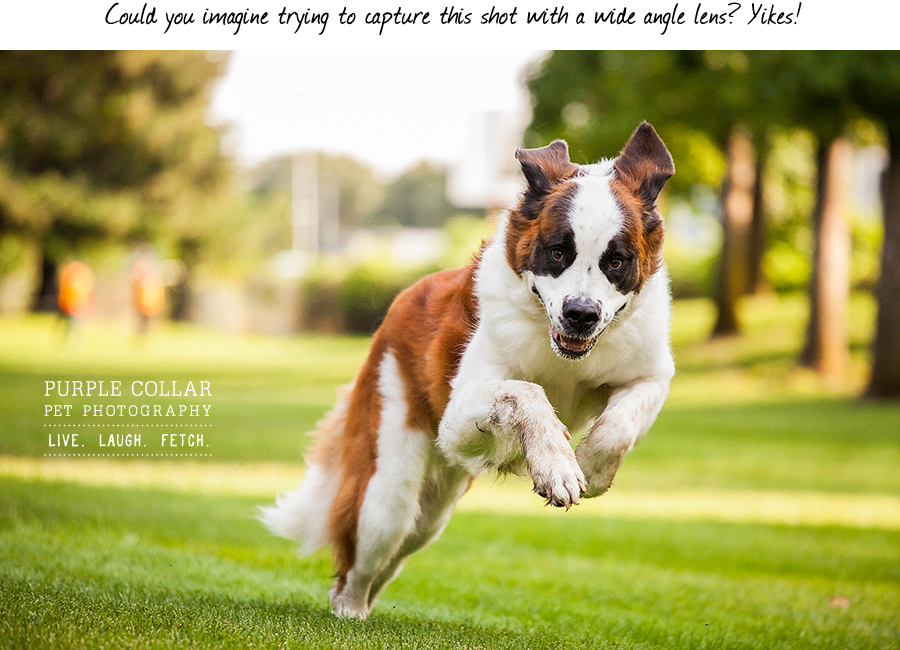
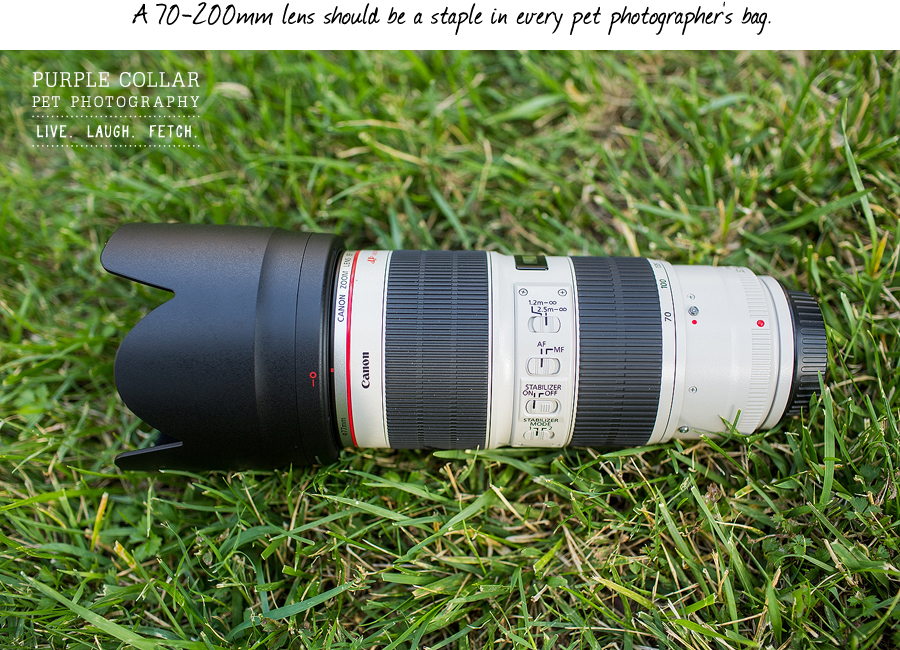
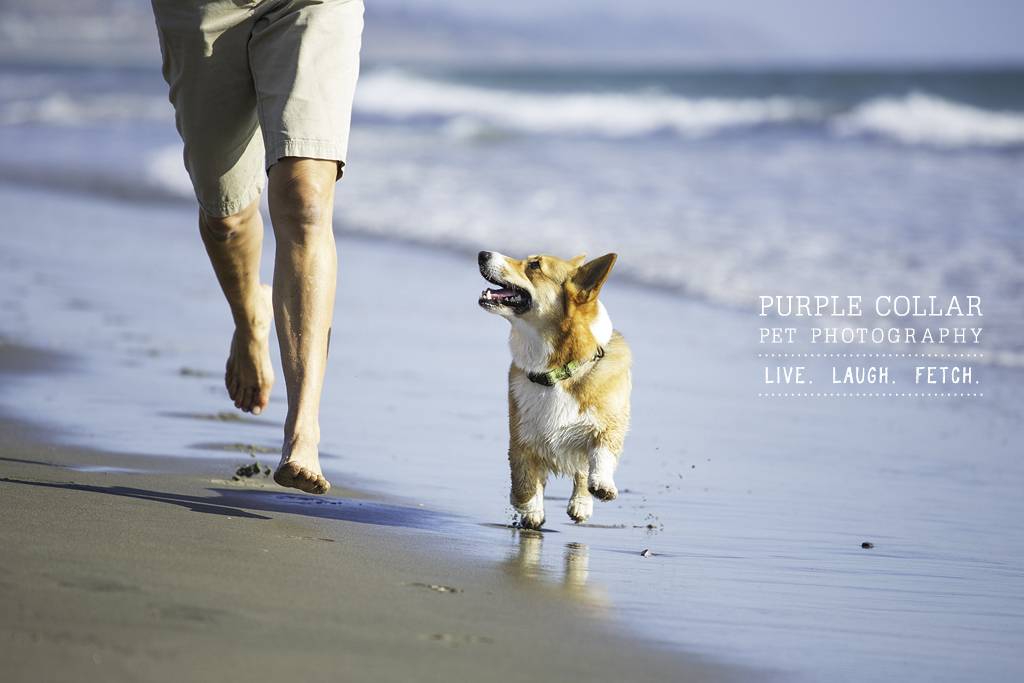

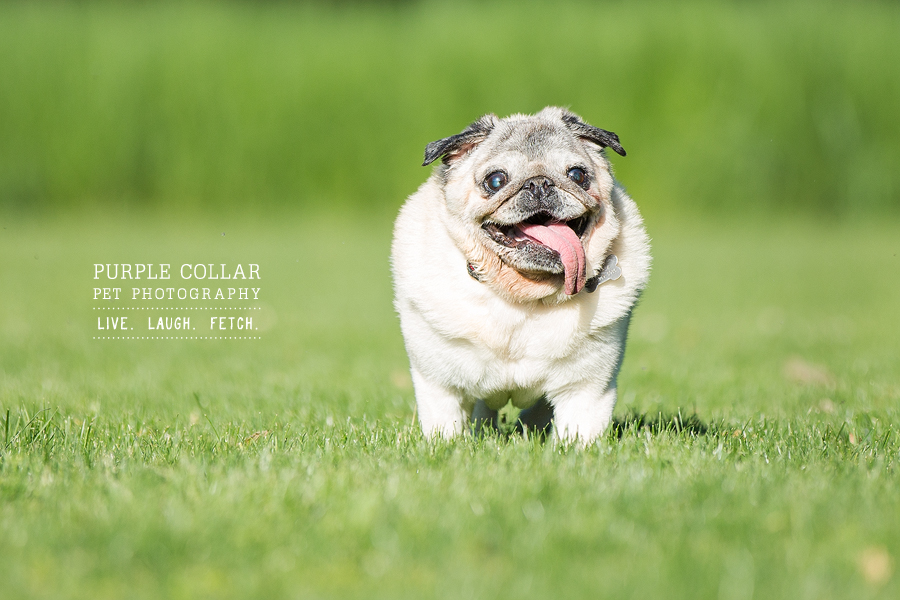
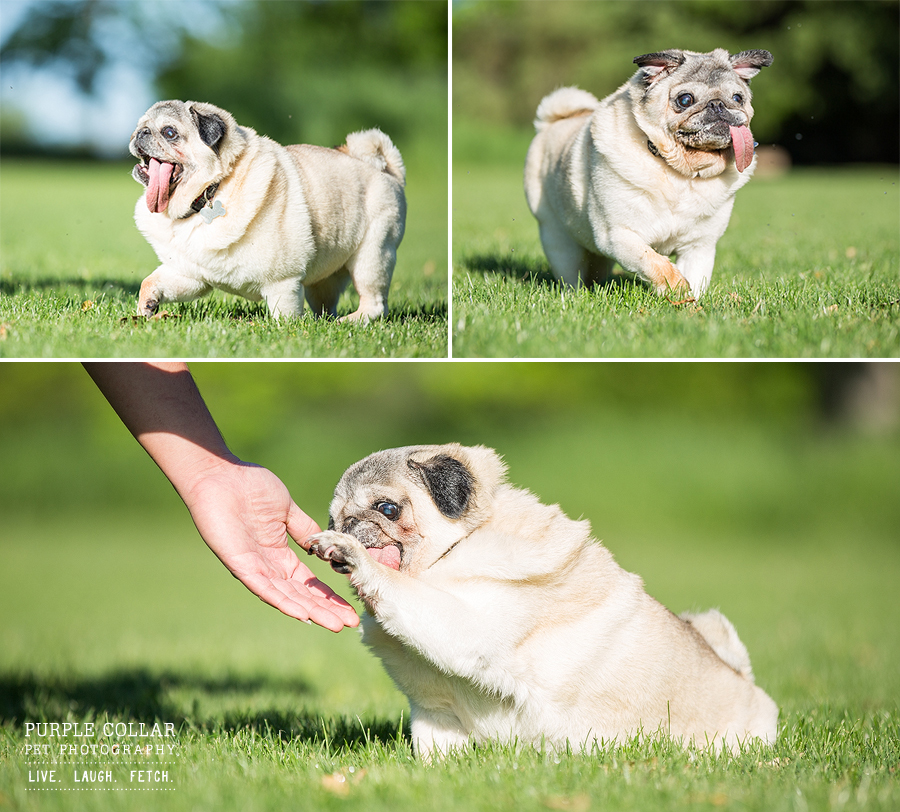
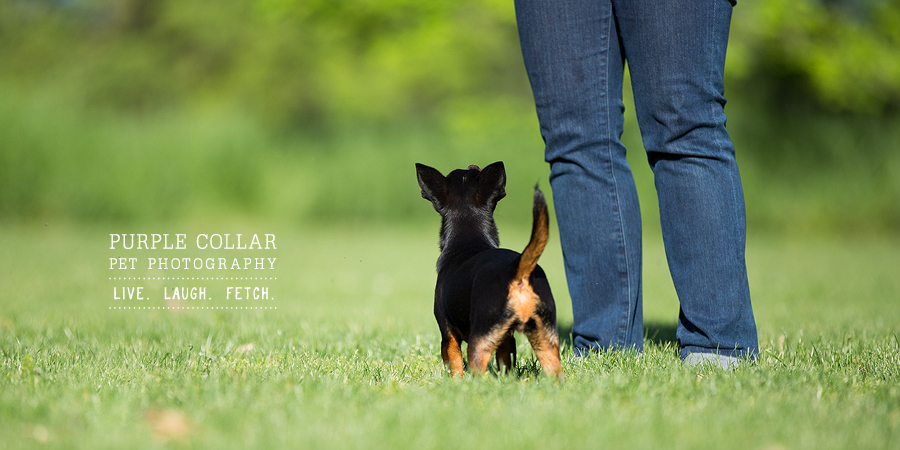
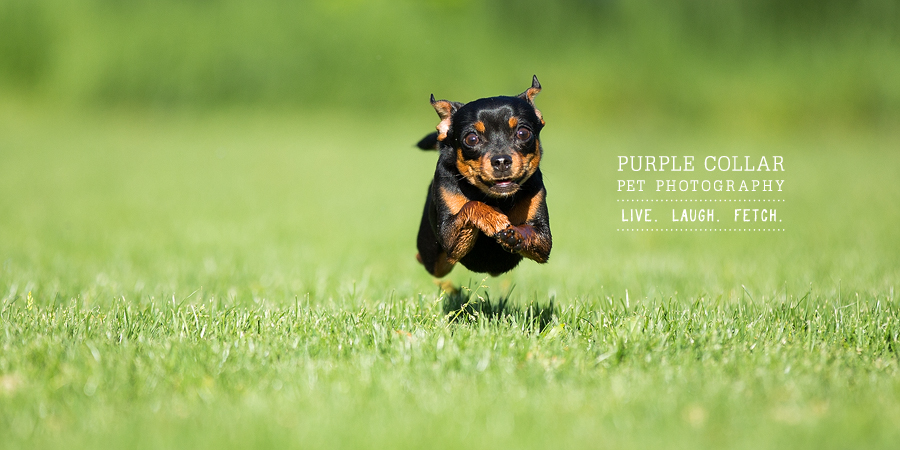
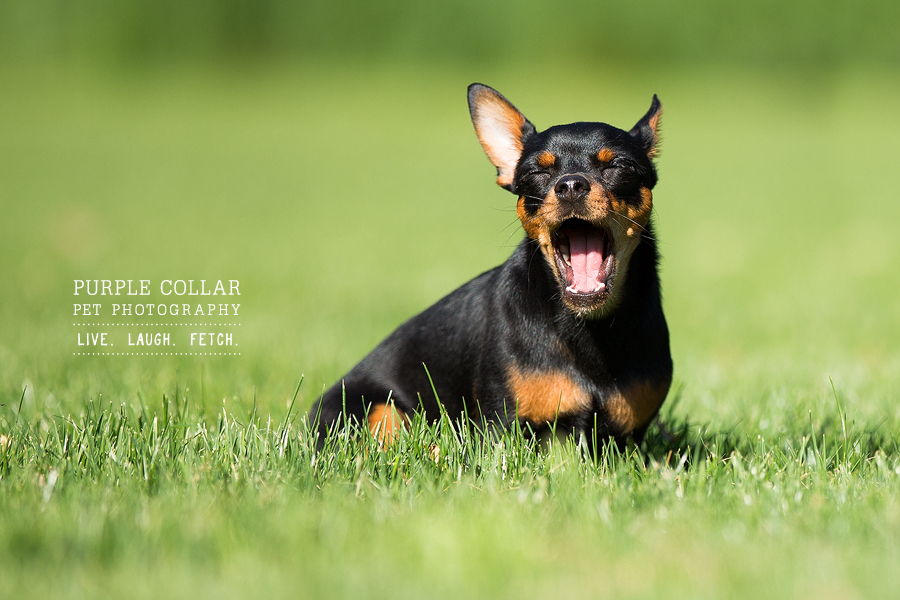
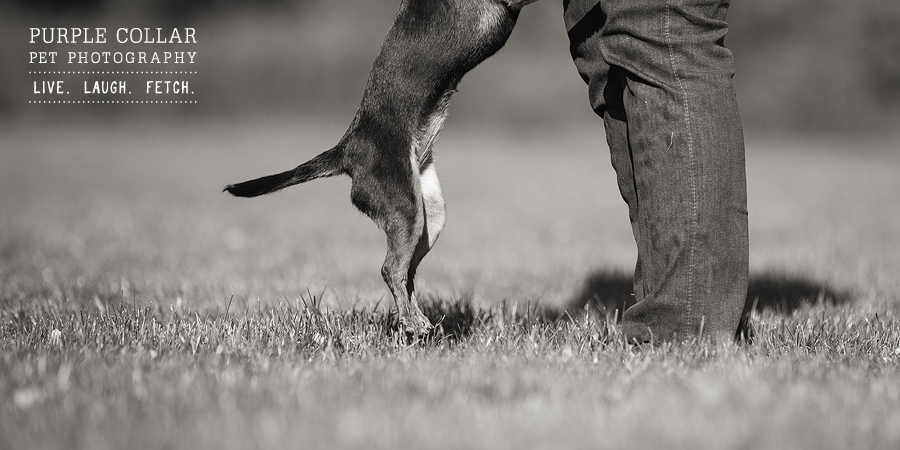
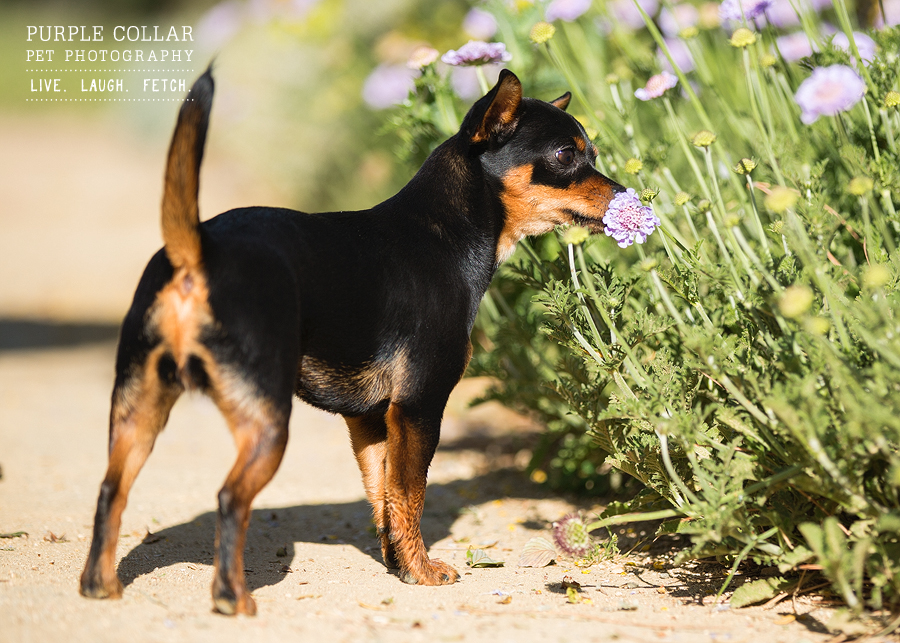
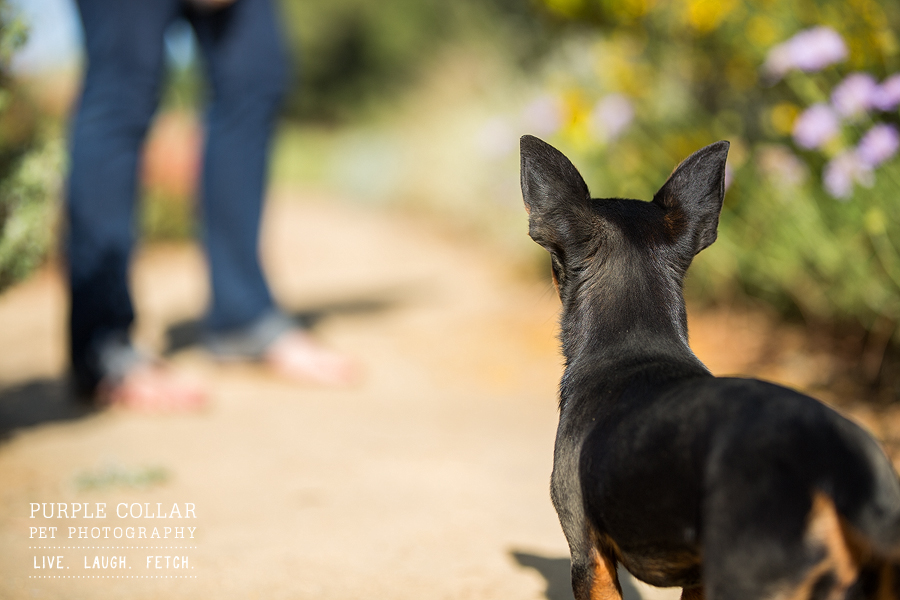
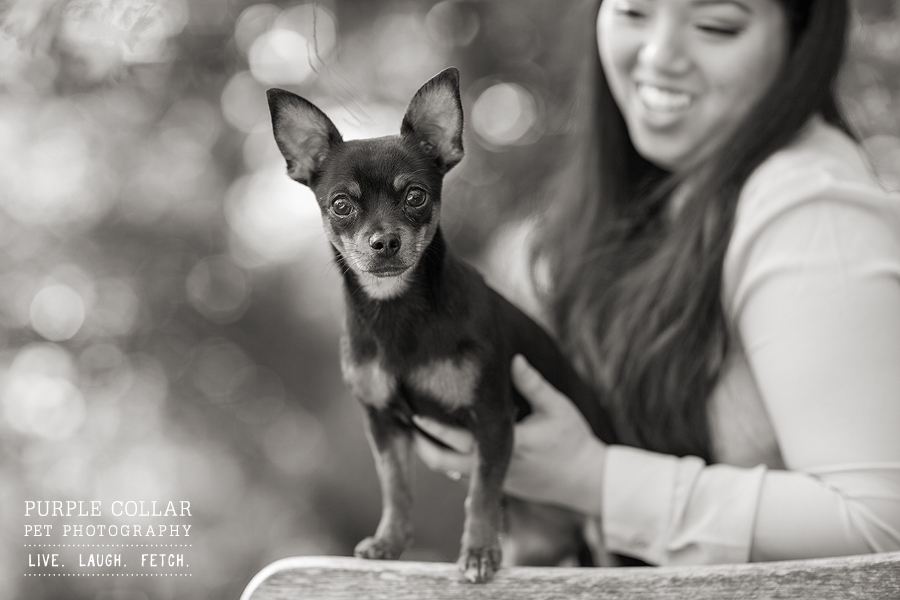
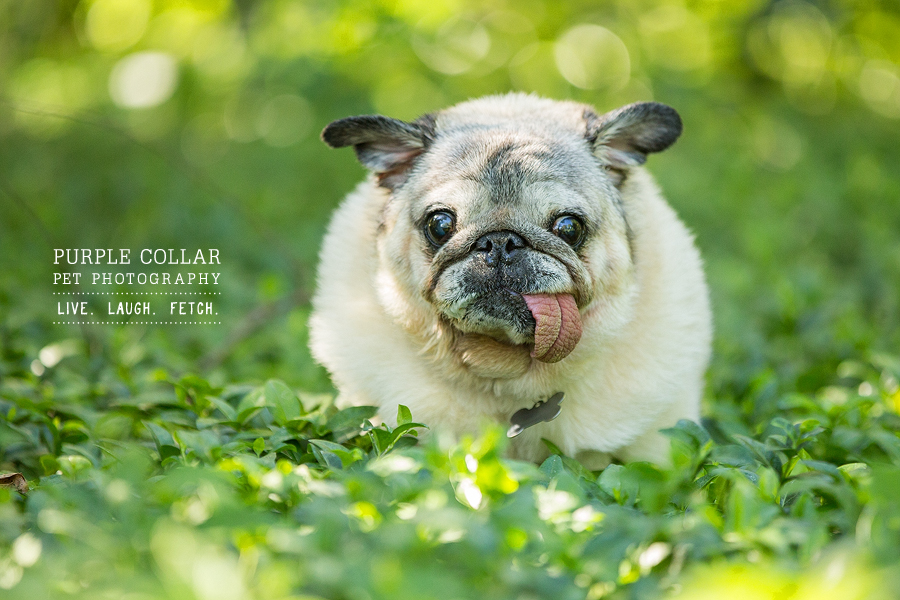
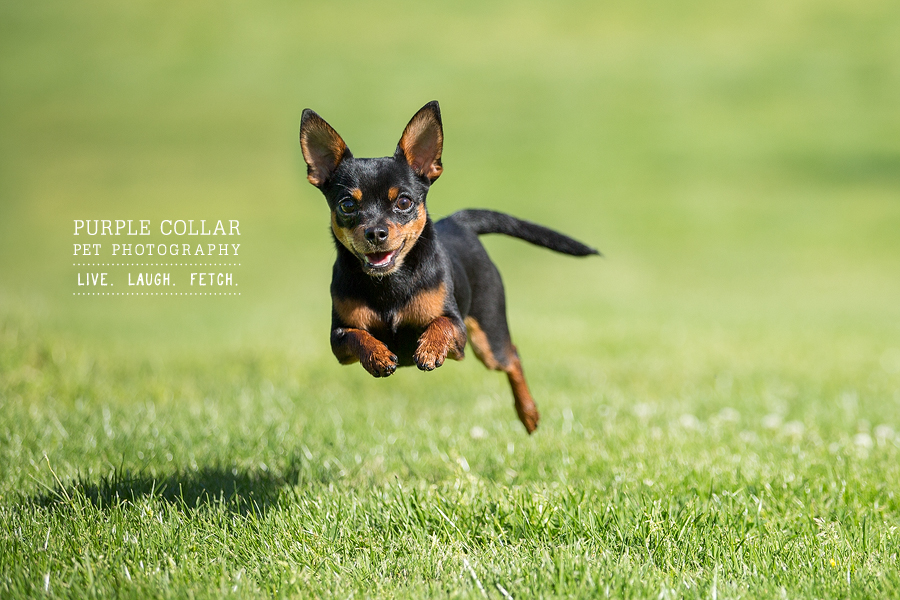
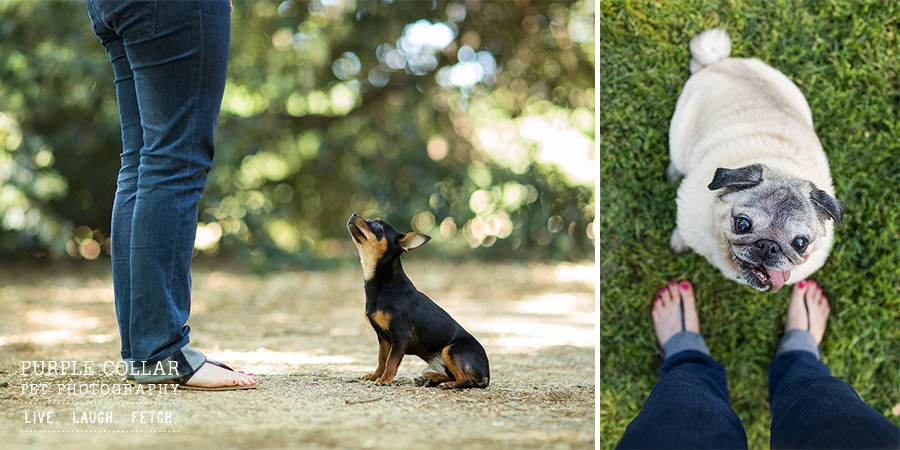
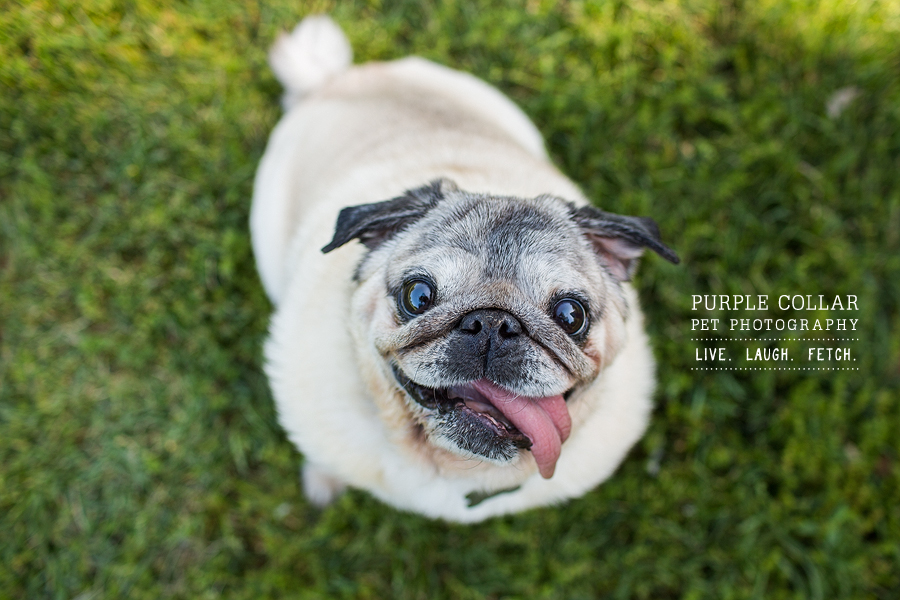
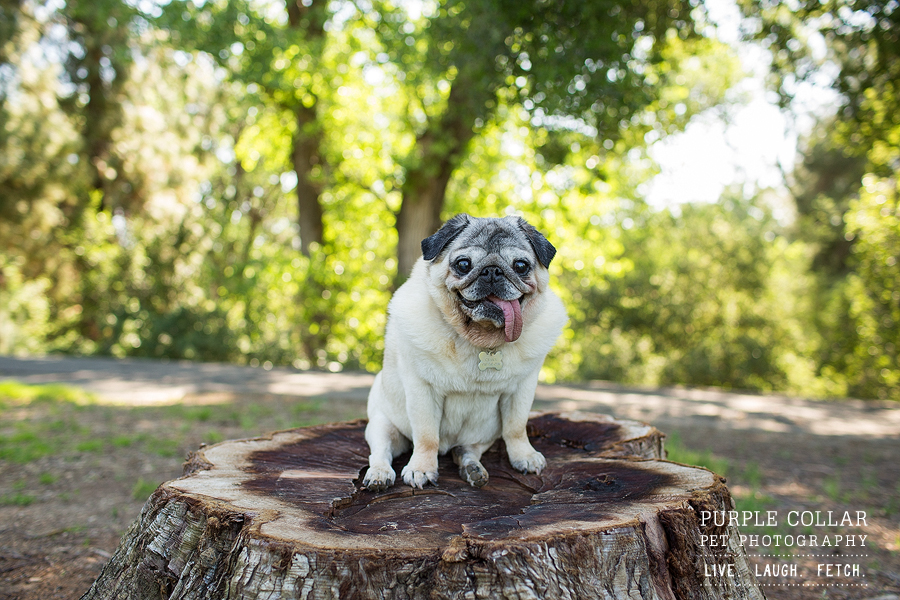

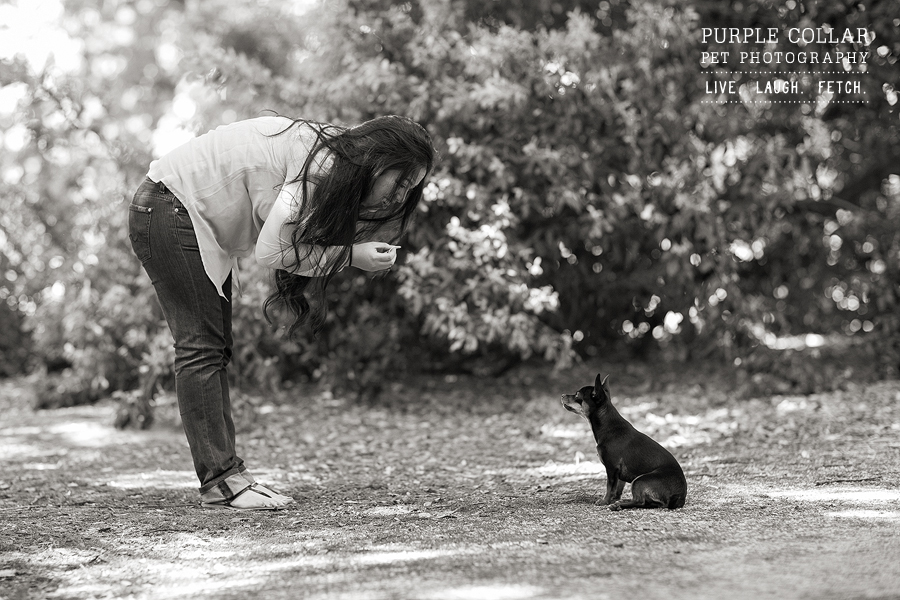
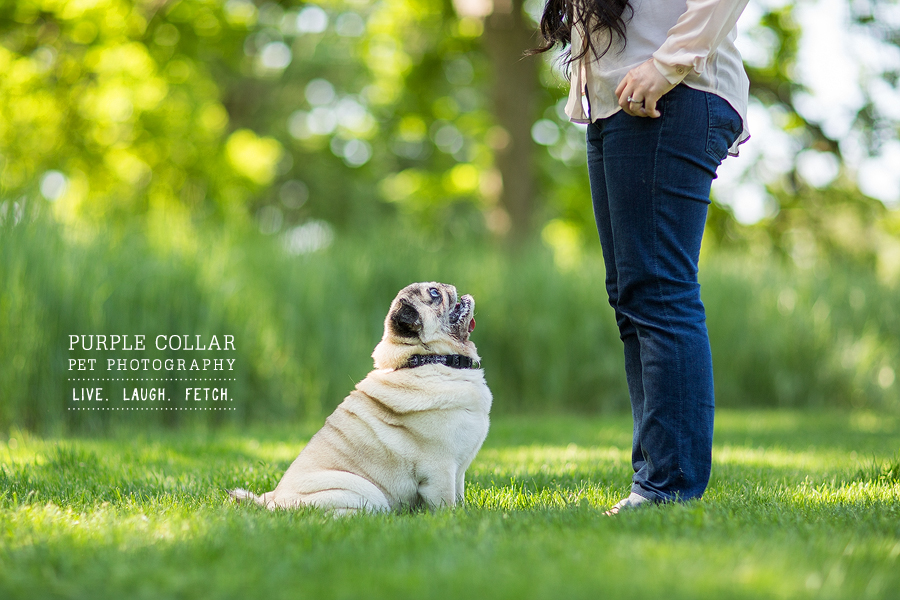
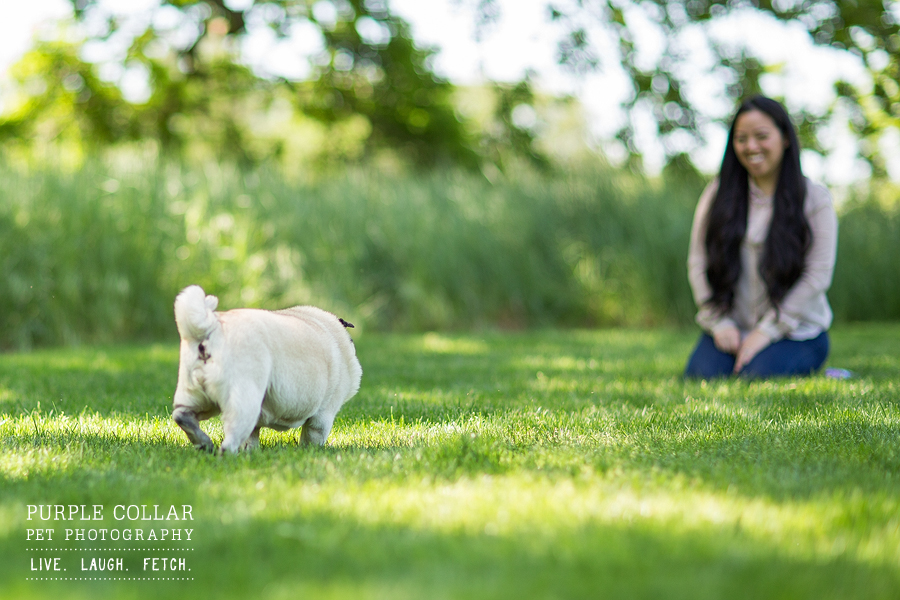

3 comments